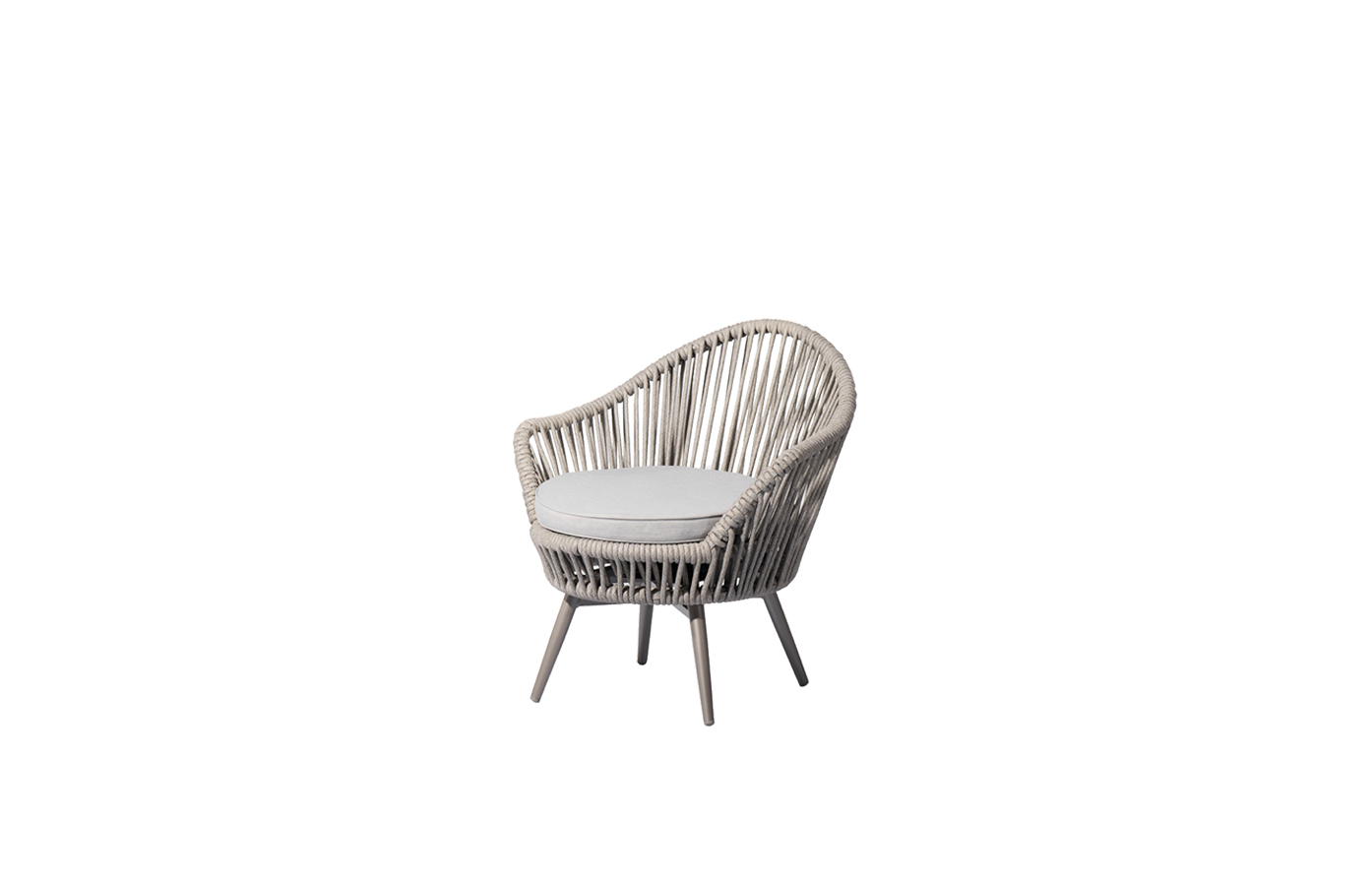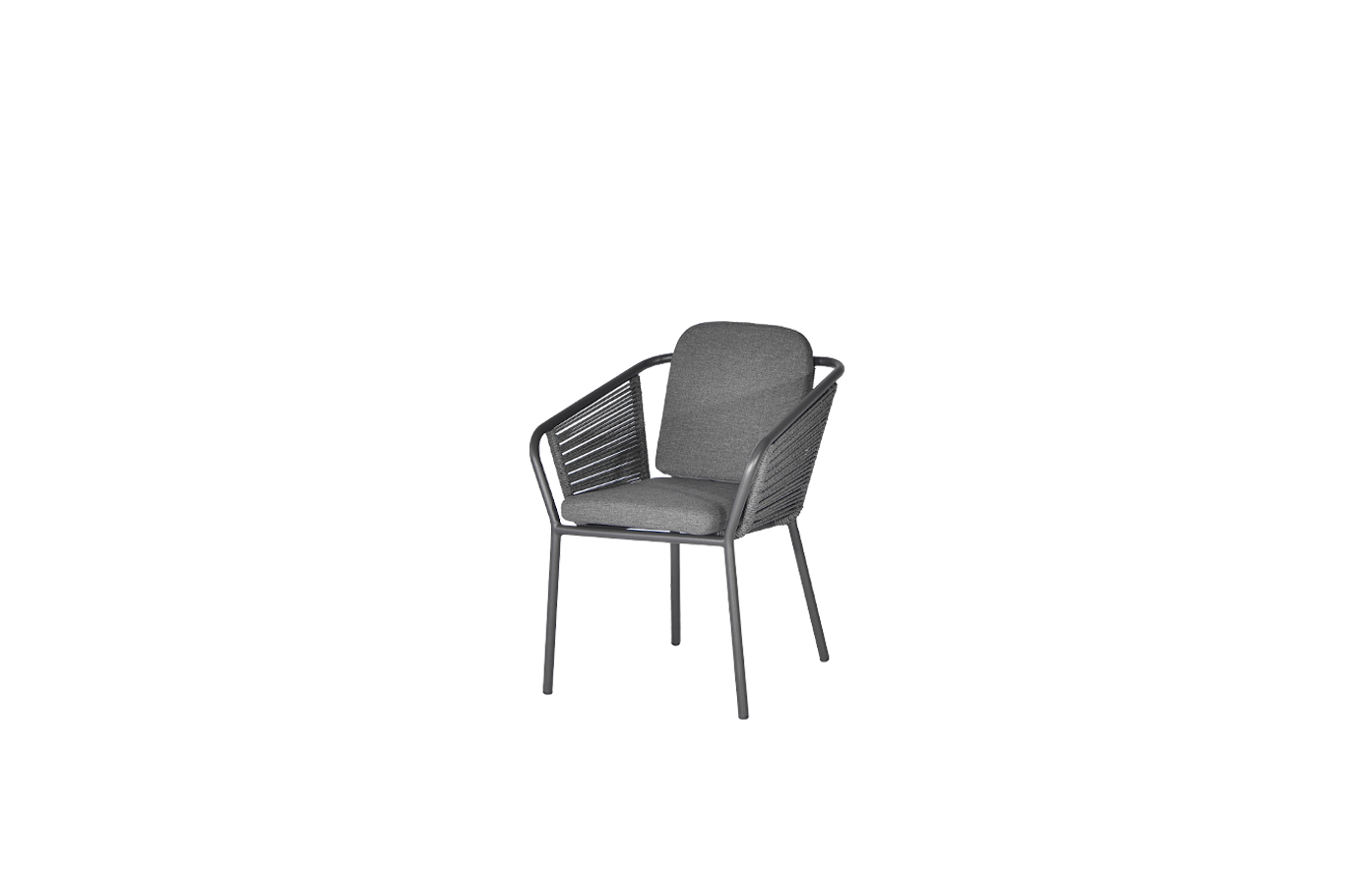When it comes to furnishing your home, selecting the right furniture materials is essential for both style and functionality. With a wide array of options available, it can be overwhelming to decide which material will best fit your needs. This guide will explore different furniture materials, their characteristics, benefits, and considerations to help you make an informed decision.
[1. Wood]

Exploring the Different Types of Furniture Materials: A Comprehensive Guide to Choosing the Perfect Upholstery for Your Home
Wood is one of the most popular furniture materials due to its durability, versatility, and timeless appeal. Different types of wood, such as oak, mahogany, pine, and walnut, have distinct grain patterns and color variations. Hardwoods like oak and mahogany are known for their strength and longevity, making them ideal for long-lasting furniture pieces. Softwoods, such as pine, are more affordable but still provide a charming rustic look.
[2. Leather]
Leather furniture exudes luxury, elegance, and sophistication. It is highly durable and develops a beautiful patina over time. Full-grain leather is the highest quality as it retains the natural grain and imperfections, adding character to the furniture. Top-grain leather is sanded to remove imperfections, while bonded leather consists of leather scraps blended together with other materials. Faux leather is a budget-friendly alternative that mimics the look and feel of genuine leather.

Exploring the Different Types of Furniture Materials: A Comprehensive Guide to Choosing the Perfect Upholstery for Your Home
[3. Fabric]
Fabric upholstery offers endless possibilities in terms of colors, patterns, and textures. Cotton, linen, velvet, and microfiber are popular fabric options. Cotton and linen are breathable, durable, and easy to maintain. Velvet adds a luxurious touch and works well with formal settings. Microfiber is suitable for families with children and pets due to its stain-resistant properties. Consider the fabric’s durability, cleanability, and overall aesthetic to ensure it aligns with your lifestyle.
[4. Metal]
Metal furniture materials, such as stainless steel and aluminum, bring a modern and industrial vibe to any space. Metal frames are often combined with glass or wooden tops for a sleek and contemporary look. Stainless steel is highly resistant to corrosion and provides a sturdy base for tables and chairs. Aluminum furniture is lightweight, making it easy to move around or rearrange.
[5. Rattan and Wicker]
Rattan and wicker furniture materials provide a natural and organic aesthetic, perfect for creating a laid-back atmosphere. Rattan is derived from palm while wicker refers to the weaving technique used to create furniture from various plant materials, including rattan, bamboo, and reed. Both materials are lightweight, durable, and suitable for both indoor and outdoor use.

Exploring the Different Types of Furniture Materials: A Comprehensive Guide to Choosing the Perfect Upholstery for Your Home
[6. Plastic]
Plastic furniture materials are known for their affordability, flexibility, and low maintenance. They come in a multitude of colors, making them a great option for adding a pop of vibrancy to any space. Plastic furniture is lightweight, easy to clean, and ideal for outdoor settings due to its weather-resistant properties. However, it may not provide the same level of elegance or durability as other materials.
In conclusion, selecting the right furniture material is crucial to achieving the desired aesthetic and functionality in your home. Consider factors such as durability, maintenance requirements, comfort, and overall style when making your decision. Whether you opt for the classic elegance of wood, the refined luxury of leather, or the modern appeal of metal, choosing the right furniture material will enhance your living space for years to come. High Coffee table
